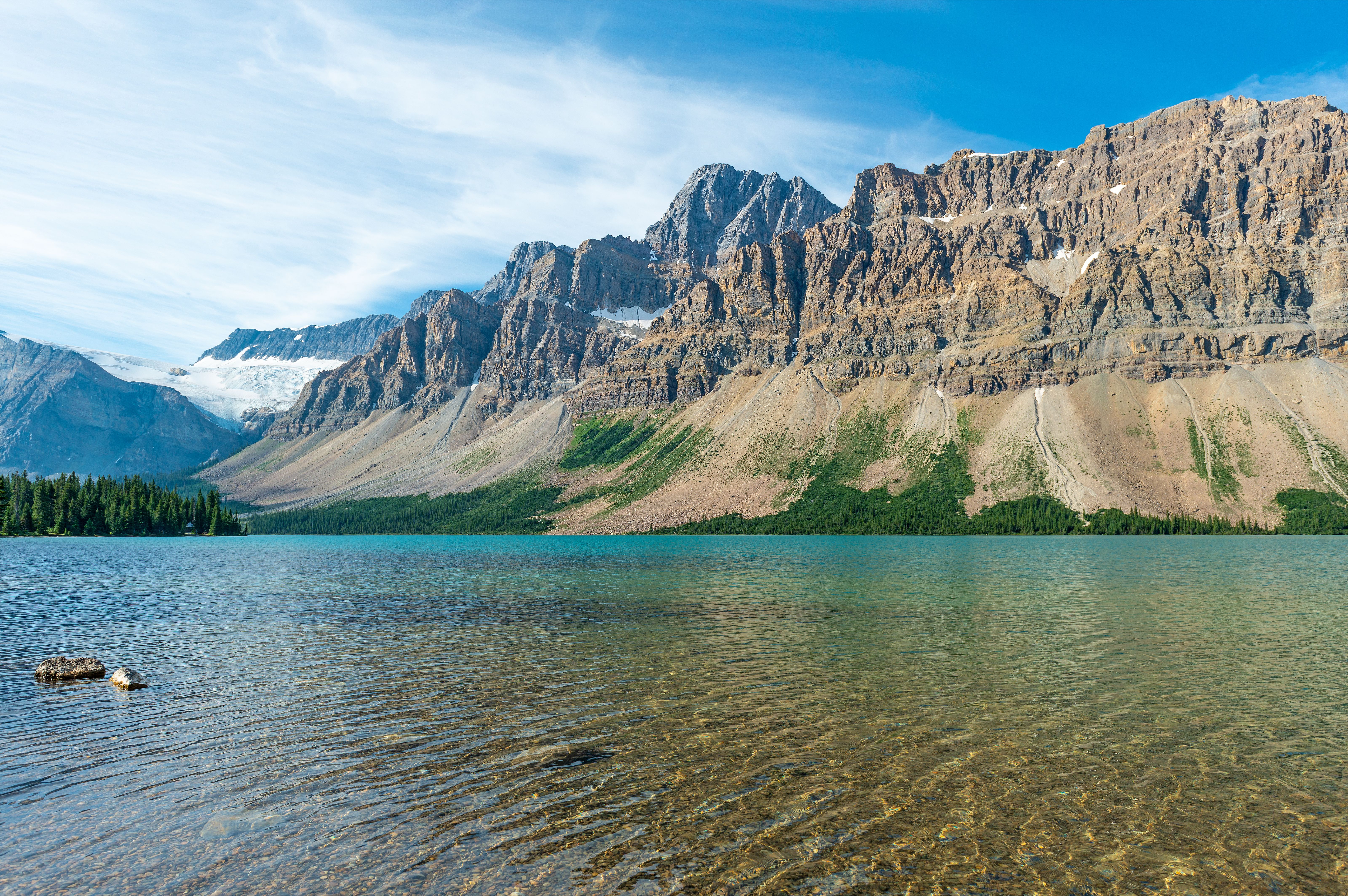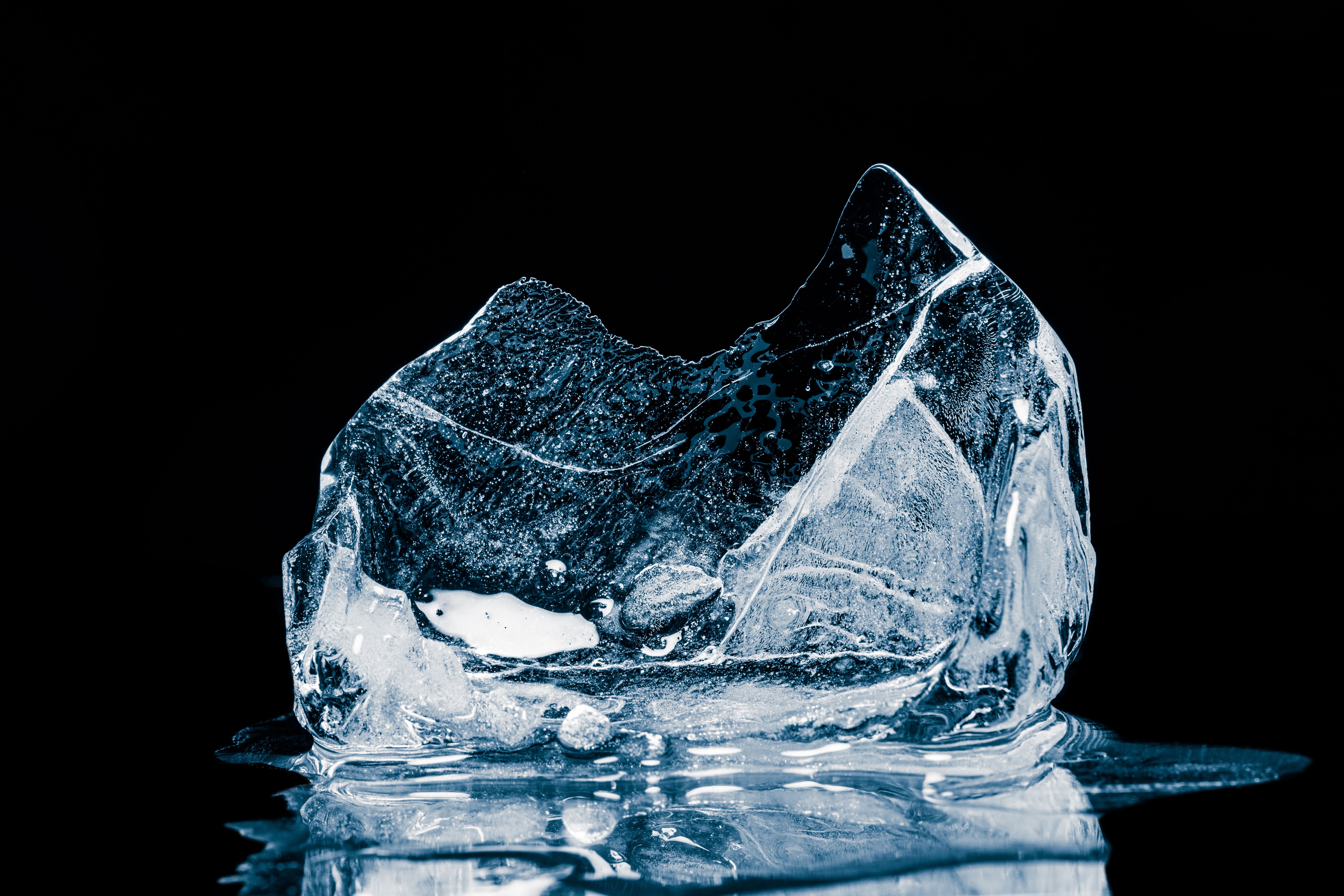The Rapid Retreat of Alberta's Glaciers: A Call to Action
The Disappearing Glaciers of Alberta
Alberta's glaciers are disappearing at an alarming rate, a phenomenon that carries significant implications for the environment, local communities, and the global climate. These majestic ice formations, which have existed for thousands of years, are now retreating rapidly due to climate change. It's a stark reminder of the urgent need for action to mitigate the impacts of global warming.
Glaciers serve as crucial freshwater reservoirs, providing essential resources for ecosystems and human populations alike. As they melt, the consequences are far-reaching, affecting water supply, sea levels, and even weather patterns. The retreat of Alberta's glaciers is a visible indicator of broader environmental changes that demand our immediate attention.

The Causes Behind the Retreat
The primary driver behind the retreat of Alberta's glaciers is the increase in global temperatures. Human activities, particularly the burning of fossil fuels and deforestation, have led to an unprecedented rise in greenhouse gases. These gases trap heat in the atmosphere, resulting in warmer temperatures that accelerate glacier melting.
The impact is further exacerbated by local factors such as reduced snowfall and increased summer temperatures. These conditions not only speed up melting but also hinder the glaciers' ability to replenish during colder months. The combination of these factors creates a feedback loop that accelerates the retreat process.
Consequences of Glacier Loss
The loss of Alberta’s glaciers holds significant consequences for both the environment and human society. One of the most immediate impacts is on freshwater availability. Glaciers act as natural reservoirs, releasing water slowly over time. As they disappear, so does a vital source of freshwater for agriculture, industry, and everyday consumption.
Moreover, glacier melt contributes to rising sea levels, posing threats to coastal communities worldwide. As land ice melts and flows into the oceans, it contributes to global sea level rise, increasing the risk of flooding and other climate-related disasters.

A Call to Action
The rapid retreat of Alberta's glaciers is a call to action for governments, businesses, and individuals alike. Addressing climate change requires concerted efforts to reduce greenhouse gas emissions and transition towards sustainable energy sources. It's crucial to implement policies that support conservation efforts and promote awareness about the importance of preserving these natural wonders.
Individuals can also play a role by reducing their carbon footprint through lifestyle changes such as adopting renewable energy sources, minimizing waste, and supporting sustainable products and practices.
Hope for the Future
While the situation is dire, there is hope if immediate action is taken. Advances in technology and increased awareness have led to innovative solutions aimed at mitigating glacier retreat. From carbon capture technologies to reforestation efforts, there are numerous ways to address the root causes of climate change.

Educational initiatives are equally important in fostering a deeper understanding of environmental issues among younger generations. By equipping them with knowledge and tools to combat climate change, we can ensure a more sustainable future for Alberta's glaciers and the planet as a whole.
Conclusion
The rapid retreat of Alberta's glaciers is a stark reminder of the urgent need for climate action. As these ice masses continue to disappear, the implications for our environment and society become increasingly severe. However, by working together and taking decisive steps towards sustainability, we can protect these vital natural resources for future generations.